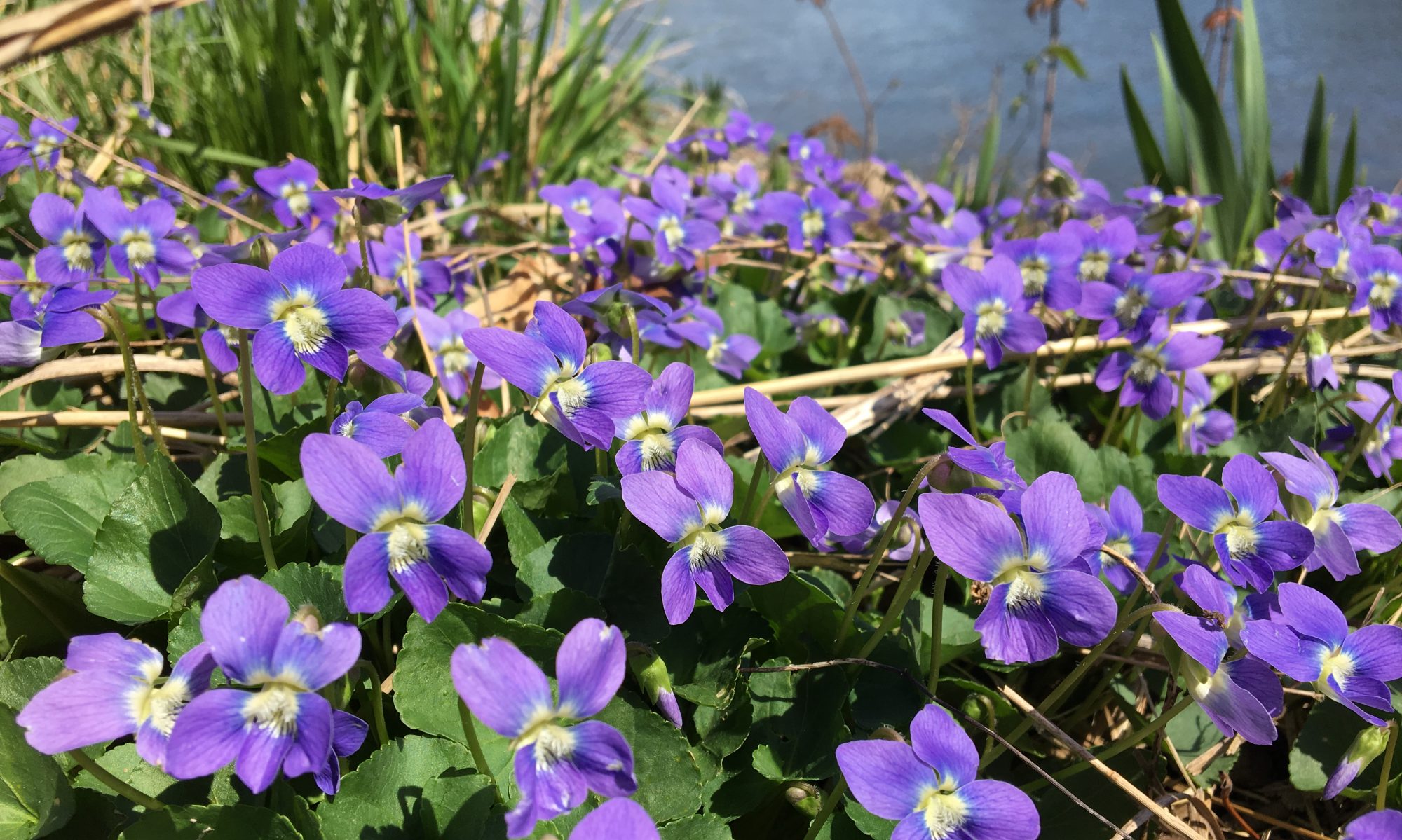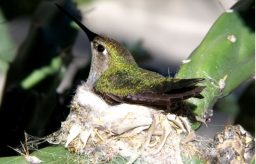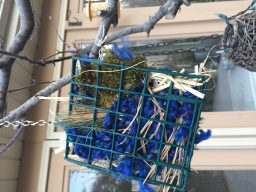HOW TO OFFER BIRD-NESTING MATERIALS IN YOUR GARDEN
Spring is here, and birds around the world—and in your backyard—are turning into construction crews. It’s nesting time!
Many songbirds are master builders, putting together intricately made weavings of twig and leaf, stem and fluff, hair and moss. Some nests, like the Baltimore oriole’s, will hang from a tree branch like a small tote bag. Others, like the robin’s, are cups bristling with twigs painstakingly collected one or a few at a time. Even if you provide birdhouses in your garden, the birds that occupy them will build nests in them.
So, what can you do about it? Well, you can provide nesting material of a wide variety of types that appeal to a wide variety birds.
Here are a few ides:
TWIGS
For birds looking for small twigs, almost any tree or shrub you plant will do. When small branches or twigs fall from a shrub and gather at its base, leave them for birds to pick up, preferably in lengths under 4 inches.
DRY GRASS
When you trim your yard, perhaps you can find a spot in your garden for laying out a selection of dried grass stems cut 2 to 4 inches long. Grass is a common ingredient in songbird nests, used by species from native sparrows to robins
MOSS
If you have a shady spot in your yard, trying growing moss; with its velvety green growth, moss is a beautiful highlight for any moist garden and is a favored building material of some hummingbird species.
HAIR
Almost any kind of hair or wool will do. Dog hair is probably handiest for most people, especially when dogs are shedding in spring. Curry them, take the hair off the brush, and put it in your garden (we’ll talk below about ways to distribute it). You can also add some of your own hair to the mix, or hair from a horse or goat or wool from a sheep, should you have access to such animals. Cut longer hair into 4- to 6-inch lengths. Hair works well for nesting, because it is durable and not inclined to soak up water. However, don’t use hair from animals that have been treated with pesticides, such as flea and tick spray.
STRIPS OF CLOTH
Cut cotton cloth, wool, and other fabrics into strips about an inch wide and under 6 inches long and put the strips where birds will find them, such as on tree and shrub branches.
STRING AND YARN
A favorite among birds; cut to about 3 to 6 inches long and hang with your cloth strips.
DON’T USE
Laundry dryer lint. The lint collected in your dryer filter may seem like ideal nesting material, but it isn’t. It will soak up water and may be steeped with chemicals unhealthy for birds, such as remnants of detergent and softener.
DELIVERY SYSTEMS
So you have a collection of wool, string, dog hair and strips of cloth. How do you do deliver it to birds? My favorite method: Cram a mix of the items into a suet feeder, giving songbirds access to a smorgasbord of building basics.
Aside from bribing them into your garden with foodstuff, providing nesting material is one of the best ways to attract spring and summer birds. If you offer it, they will build.


